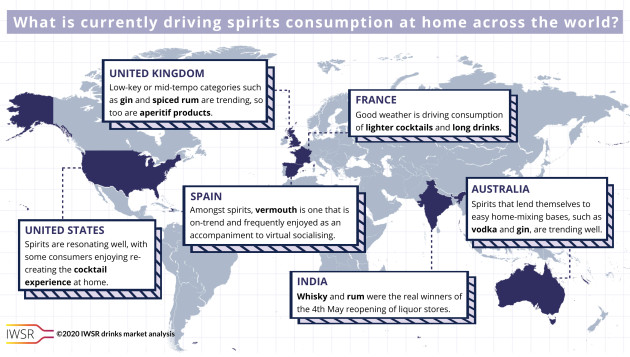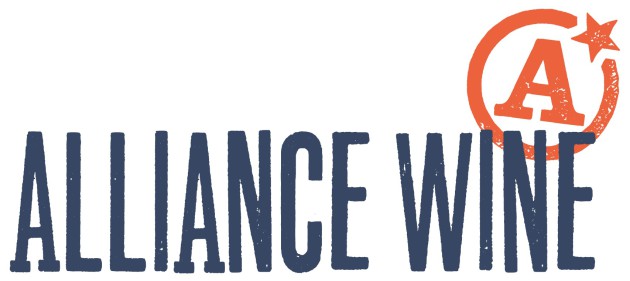
Pandemic is officially “Bad for beer, better for spirits and wine”
Beer and cider were hard-hit in the 2008/9 economic crisis, suffering from a combination of duty rises, an on-trade slump and increased at-home consumption, all of which tend to favour spirits and wine.
And it looks as if history is due to repeat itself thanks to the ongoing health crisis, which is now widely expected to keep social distancing rules in place in some shape or form until the end of the year at least.
This week, the IWSR has been comparing the outcomes for the alcohol industry during the current health crisis with the 2008 financial crash.
Using that as a guide, the alcohol analysts are forecasting that beer and cider sales are likely to see a similar drop in sales from 6% growth in 2007 to 1% decline in 2009.
“We will likely see the trend continue, with ongoing social distancing measures also likely to curtail sports fixtures, major events and festivals – all traditionally strong drivers of beer and cider consumption,” the IWSR said.
Still wine, as we have seen elsewhere, is likely to come out on top, as well as spirits.
According to the data supplied by the IWSR (see infographic,) “low-key or mid-tempo categories such as gin and spice rum” are leading the charge in UK spirits consumption, along with aperitif products such as Aperol Spritz.
There could however, potentially be some trouble looming for craft spirits which could see a role reversal compared to the 2008 crash.
The years since the 2008/9 crisis were marked by expanding numbers of suppliers and increased diversity of products on offer, especially with the rise of craft brewing and distilling, the IWSR said.
However, these businesses are typically disproportionately reliant on cellar door and on-premise sales, both of which have been heavily affected by the pandemic.
The last economic crisis also saw a “shake-out” of small brands from retail as operators seek to maximise returns, which IWSR CEO, Mark Meek believes will happen again.
“Both these factors spell a very difficult time looming for the majority of craft producers, unless they have size already,” he said.
When it comes to Champagne and sparkling wine consumption, these could fare less well than still wine.
Often tied to celebratory drinking occasions, fizz will likely be hit hard, with a slow recovery to reach pre-virus levels.
Sparkling wine, which has declined steeply in the short-term, should recover as lockdown restrictions ease in markets where it is viewed as an everyday drink, but sparkling wine celebration markets will likely take longer to return to growth.
Keywords:
- wine
- UK
- Cider
- Spirits
- Beer
- sales
- craft
- sparkling
- Sparkling Wine
- CEO
- consumption
- IWSR
- sparkling wine consumption
- crisis
- social distancing
- economic crisis
- current health
- health crisis
- current health crisis
- ceo mark meek
- difficult time looming
- craft producers unless





